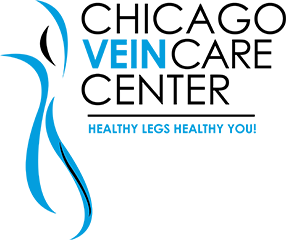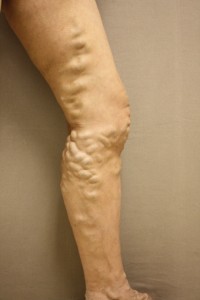Everyone knows about varicose veins and how embarrassing and uncomfortable they can be. Because veins and arteries are closely related and work together, it can be easy to wonder if the same thing can happen to the arteries. So, can arteries become varicose? Dr. Ramon Castro, our own Chicago vein expert, holds the answer to this ever-popular question.
What do Chicago residents need to know about the differences between arteries and veins?
The circulatory system is a complex and delicate system that transports blood filled with oxygen and other essential nutrients to support the body’s necessary functions. The “roads” through which blood travels are a vast network of blood vessels consisting of arteries and veins. The heart pumps blood into the arteries, which carry the nutrient-rich blood away from the heart and down into the body. Veins have the job of pushing the used up blood back up to the heart and lungs for renourishment before the process begins again.
Arteries are thick and elastic tubular structures. They are lined with muscle tissues that contract with the heartbeat to propel blood through them. Veins are thin structures without elasticity, on the other hand, and do not have the pushing power of the heart. Instead, they use a valve system that creates pressure to force blood in an upward motion against gravity to return blood to the heart.
What causes veins to become varicose?
Veins become varicose when the pressure valves inside the veins fail, and the swelling caused by the trapped blood permanently stretches out the vein wall. The result is the lumpy, ropelike veins that usually appear on the legs and ankles. Varicose veins may be purple to bluish in color and may often cause throbbing, heaviness or itchiness around the affected area.
If the blood flow slows down inside arteries, however, the walls are strong and stretchy and can withstand the increase in pressure. While arteries can become damaged or diseased (for example, peripheral artery disease), they don’t become twisted and mangled like varicose veins. Peripheral artery disease may present leg pain, body hair loss around the affected area, numbness or tingling, and weakened leg muscles.
The risk factors for vein disease and arterial disease are typically the same. High blood pressure, family history, lack of exercise, living an unhealthy lifestyle, and smoking in particular are detrimental to blood vessels. A Chicago vascular doctor is able to help you determine the exact cause of your concerns.
If you do have varicose veins or suspect any type of vascular problems, a specialist should see you. Before you can receive the best varicose vein treatment in Chicago, Dr. Castro must first assess and diagnose your condition. Our state-of-the-art facilities are the perfect place to evaluate and treat many of the conditions associated with veins and arteries, including unsightly varicose veins. Whatever vascular concern you have, you owe it to yourself to seek quality varicose vein treatment in Chicago and the surrounding areas.
To learn more about the causes of varicose veins and the conditions that affect the blood vessels or to schedule a consultation, please call our main line at 773-283-7887. One of our friendly specialists will be happy to answer any questions you may have.

